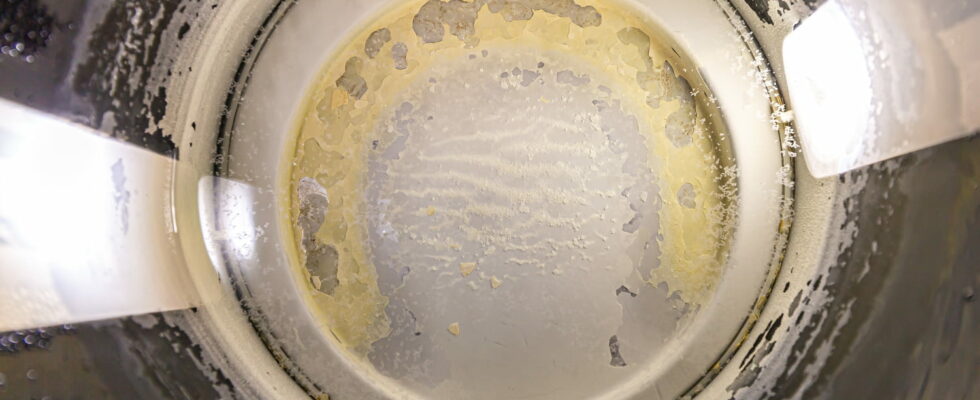If you don’t want your water to taste like white vinegar after descaling, here is another option that is even more effective against limescale.
The fight against limescale is a daily challenge for many households. Although very harmless to consume, lime flakes floating around your tea or coffee can leave a slightly bitter aftertaste, as well as damage your appliance. This is why it is recommended to descale it regularly. White vinegar is generally recommended for most cleaning tasks, including descaling household appliances.
It has long been considered the miracle cure for removing that stubborn buildup of limescale, but its use can have some drawbacks, such as a strong odor, prolonged soaking time, but most importantly, it can be corrosive to certain materials, especially l stainless steel, and can damage the surface of your appliances, especially the kettle, in the long term. There is actually an even more effective product: citric acid. This little-known alternative offers superior cleaning power without the drawbacks of white vinegar.
This is why citric acid is increasingly recommended to overcome it. Just as effective in removing limescale, this product leaves no perfume or odor in your kettle. Citric acid is a natural acid found in many fruits, especially citrus fruits. It is widely used in the food industry as a preservative and acidifying agent. As a cleaning agent, citric acid has several advantages over white vinegar.
Unlike the latter, citric acid has a light, pleasant smell, which makes the cleaning process much more pleasant. Due to its high acidity, citric acid acts quickly and effectively. It is often sufficient to leave the kettle to soak for an hour to obtain satisfactory results. Most importantly, citric acid is generally safe to use on a variety of materials, including stainless steel, and will not cause long-term damage to the kettle.
How to use citric acid to clean your kettle? Fill the kettle with water and add one tablespoon of citric acid per liter of water. Bring the water to a boil, then turn off the kettle and let it cool for about an hour. Empty the kettle and rinse it thoroughly with clean water. If necessary, use a brush or soft sponge to remove any remaining residue. All that remains is to rinse the kettle again with clean water before using it.
